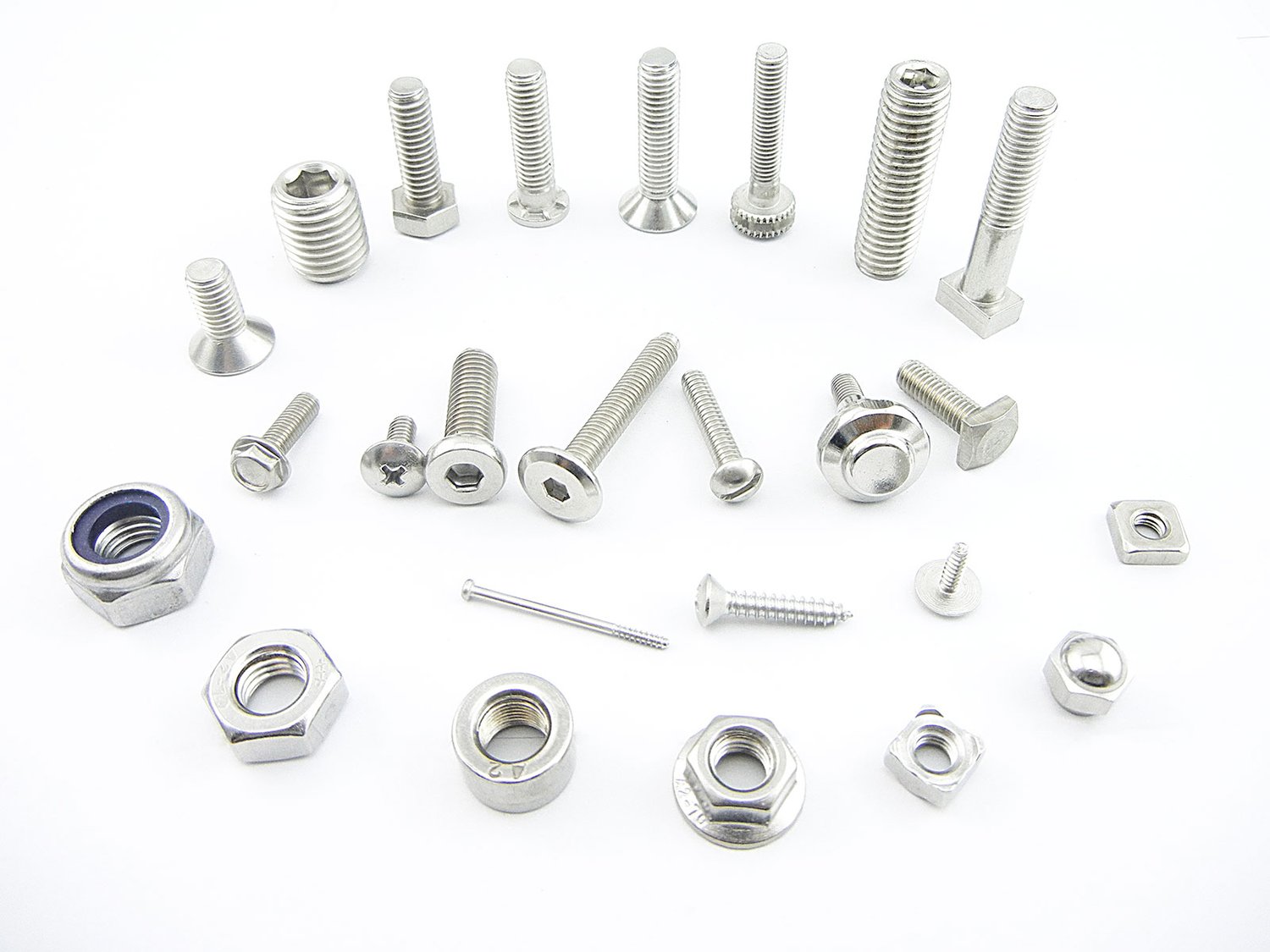Introduction to Standard Parts Machining
Standard parts machining is a crucial process in various industries, ranging from automotive to aerospace. It involves the manufacturing of standardized components that are used in countless machines and equipment. These parts are essential for ensuring the smooth functioning and reliability of various mechanical systems. In this article, we will explore the different aspects of standard parts machining, including its importance, common techniques, and the industries that heavily rely on it.
The Importance of Standard Parts Machining
Standard parts machining plays a vital role in the manufacturing industry by providing high-quality, reliable components that can be easily integrated into different systems. These standardized parts offer several advantages, such as:
- Interchangeability: Standard parts can be easily replaced or interchanged, reducing downtime and maintenance costs.
- Cost-effectiveness: Mass production of standard parts allows for economies of scale, making them more affordable compared to custom-made components.
- Reliability: Standard parts are thoroughly tested and manufactured to precise specifications, ensuring their durability and performance.
Common Techniques Used in Standard Parts Machining
Standard parts machining involves several techniques to manufacture components with high precision and accuracy. Some of the most commonly used techniques include:
CNC Machining
CNC (Computer Numerical Control) machining is a widely used technique in standard parts manufacturing. It involves the use of computer-controlled machines to remove material from a workpiece and shape it according to the desired specifications. CNC machining offers exceptional precision, allowing for the production of complex and intricate parts.
Turning
Turning is a machining technique used to create cylindrical components, such as shafts and pins. The workpiece is rotated while a cutting tool removes material to achieve the desired shape and dimensions. Turning is a versatile technique that can be used for both mass production and prototyping.
Milling
Milling is a machining process that utilizes rotary cutters to remove material from a workpiece. It is commonly used to create flat surfaces, slots, and complex shapes. Milling machines can be manual or computer-controlled, offering different levels of precision and automation.
Grinding
Grinding is a precision machining technique used to achieve tight tolerances and smooth surface finishes. It involves the use of abrasive wheels to remove material from a workpiece. Grinding is commonly used for parts that require high precision, such as bearings and gears.
Industries That Rely on Standard Parts Machining
Standard parts machining is essential in various industries that heavily depend on reliable and interchangeable components. Some of the industries that extensively rely on standard parts machining include:
Automotive Industry
The automotive industry relies on standard parts machining for the production of engine components, transmission parts, suspension systems, and more. Standardized components ensure compatibility, ease of assembly, and consistent performance in vehicles.
Aerospace Industry
In the aerospace industry, standard parts machining is crucial for manufacturing aircraft components, such as landing gear, turbine blades, and structural elements. These components must meet stringent quality standards and be highly reliable to ensure the safety of passengers and crew.
Medical Equipment Industry
Standard parts machining plays a vital role in the production of medical equipment, including surgical instruments, implants, and diagnostic devices. These components need to meet strict quality standards to ensure precise functionality and patient safety.
Industrial Machinery Industry
The industrial machinery industry relies on standard parts machining for the production of various machine components, such as gears, bearings, and couplings. These components are crucial for the smooth operation of industrial machinery and equipment.
Electronics Industry
In the electronics industry, standard parts machining is essential for manufacturing components used in electronic devices, such as connectors, switches, and heat sinks. These components must meet precise specifications to ensure proper functionality and compatibility.
Conclusion
Standard parts machining is a fundamental process in the manufacturing industry. It provides high-quality, reliable components that are crucial for the smooth operation of various mechanical systems. By utilizing techniques like CNC machining, turning, milling, and grinding, manufacturers can produce standardized parts with exceptional precision and accuracy. Industries such as automotive, aerospace, medical equipment, industrial machinery, and electronics heavily rely on standard parts machining to ensure product quality, reliability, and compatibility. Embracing standard parts machining allows for cost-effective production, reduced downtime, and improved overall performance.

